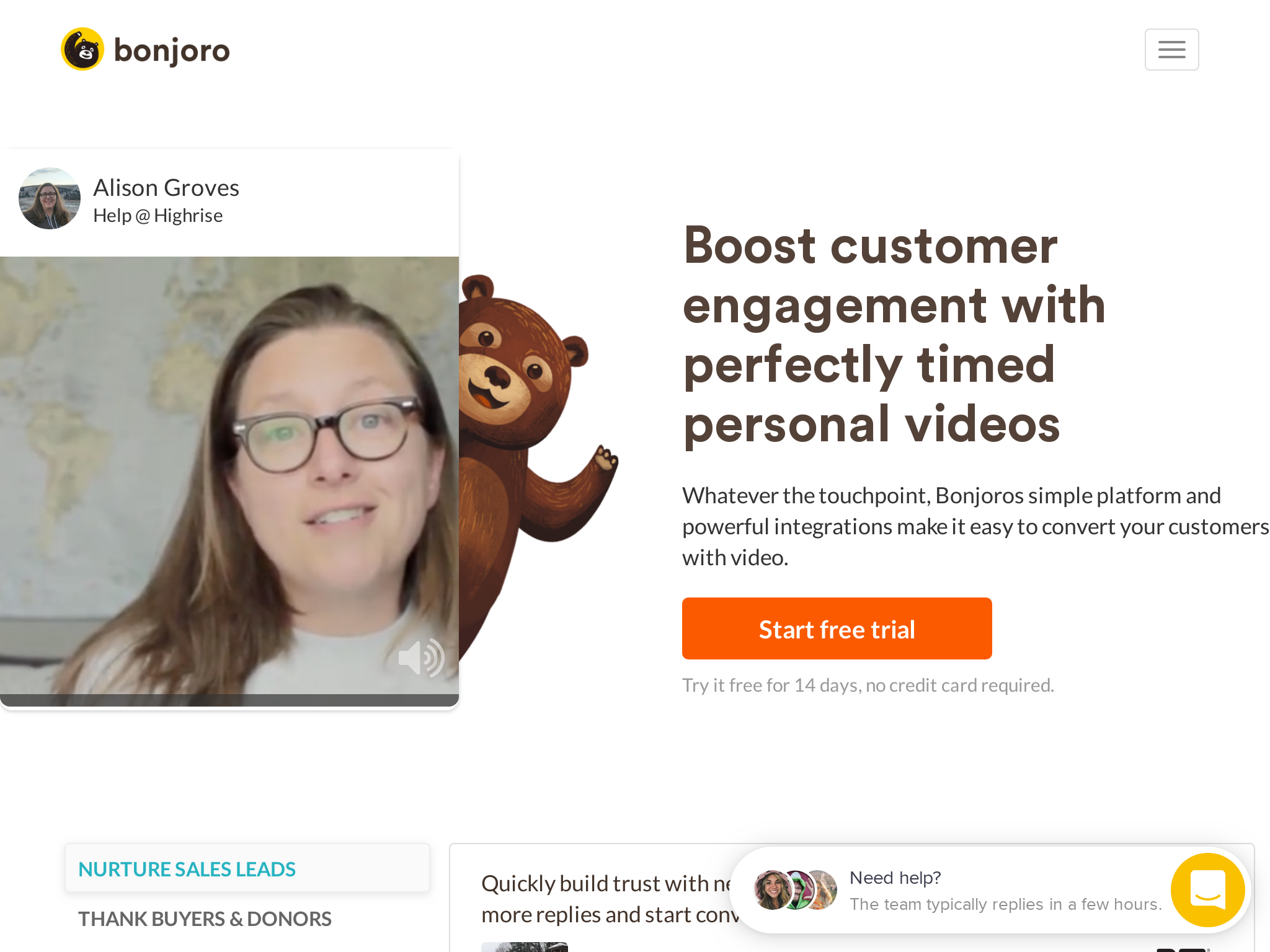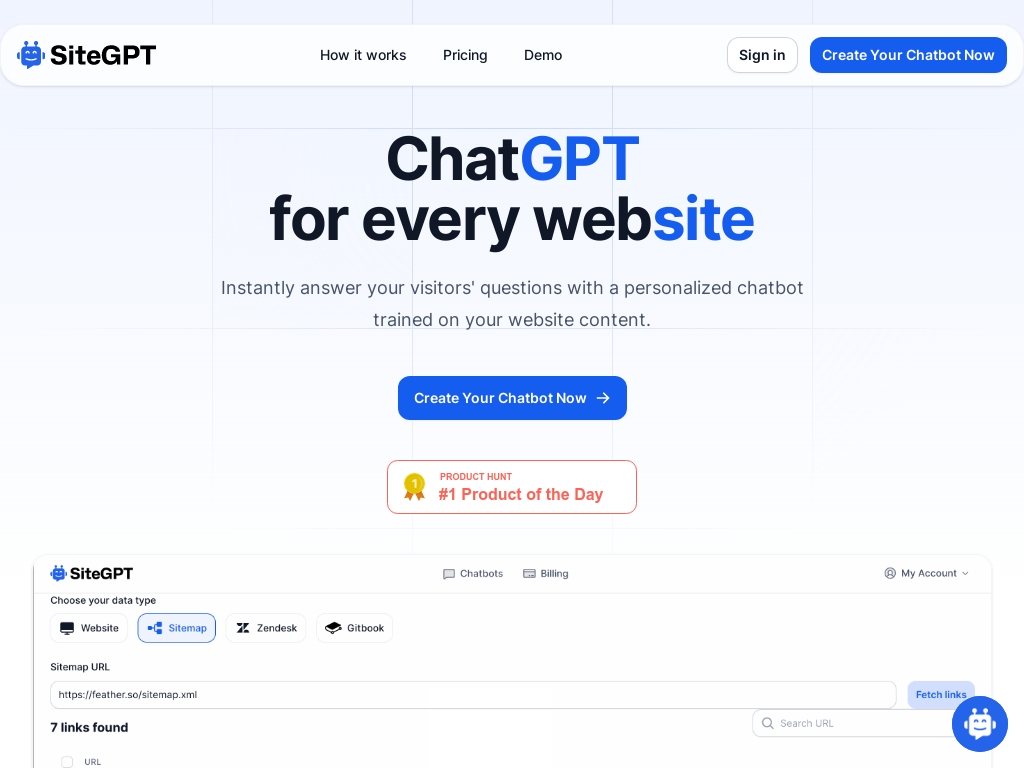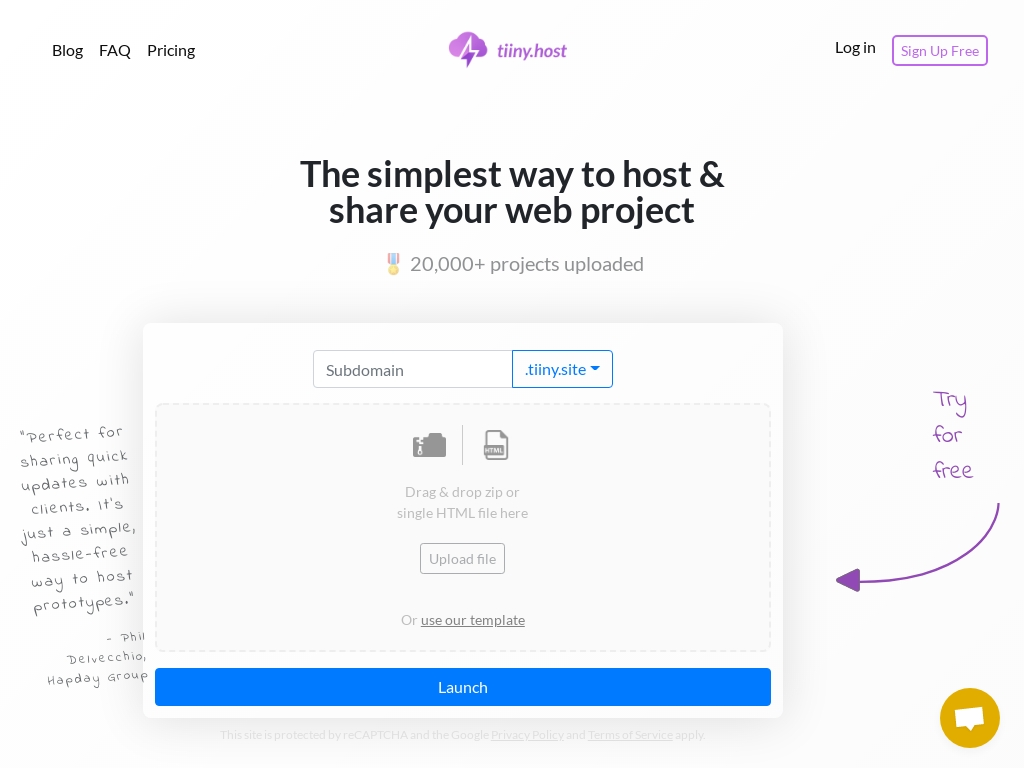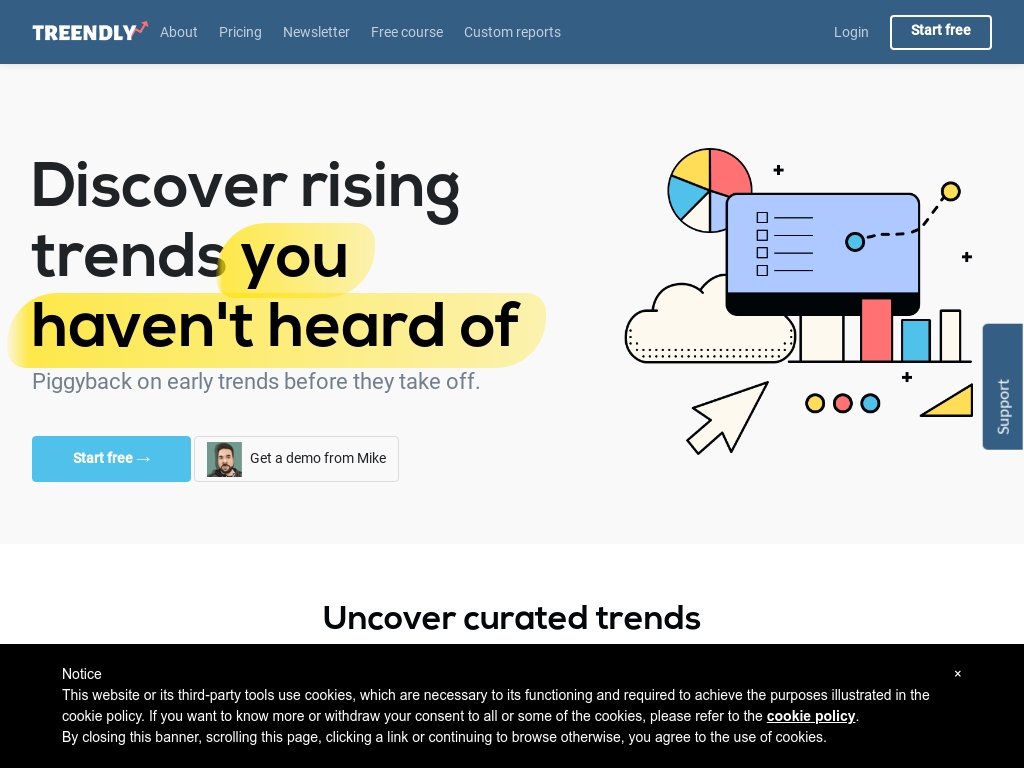
How Matt Barnett Transformed Customer Relationships With Personalized Video, Scaling Bonjoro to 45K Users
Who is Matt Barnett?
Matt Barnett, the founder of Bonjoro, hails from the UK and initially trained as an industrial designer. Despite several failed entrepreneurial attempts, he remained persistent and eventually created Bonjoro, capitalizing on his expertise in design and building relationships through personal video communication.

What problem does Bonjoro solve?
Bonjoro simplifies personalized customer engagement for businesses through custom video messages, effectively bridging the gap between automated processes and genuine human connection, thus enhancing customer retention and conversion rates.


Founder-Market Fit
Skills
What skills did Matt Barnett have that led to their success?
How did Matt come up with the idea for Bonjoro?
Matt Barnett was running a small market research agency in Sydney, Australia, mainly serving clients in different time zones like London, New York, and Paris. Struggling with the challenge of converting leads from abroad due to the time differences, he needed a way to build rapport and engage potential clients quickly. Observing that written communication wasn’t effective enough, he started recording personal videos on his commute across Sydney Harbour, showcasing the iconic Opera House to add a personal touch. This creative approach tripled their conversion rates.
When one of their clients asked to use the video tool Barnett was leveraging, he and his team quickly cobbled together a basic tool with manual integrations using Slack and Zapier over a weekend. Despite its roughness, it worked well enough that other clients showed interest, leading to the genesis of Bonjoro. The positive reaction from even this minimal version and early customers convinced Barnett there was significant potential in the idea.
Before fully committing, Barnett and his team engaged in thorough conversations with early users to refine the tool based on feedback, ensuring the product resonated with the market's needs. They realized that to succeed, Bonjoro needed to seamlessly integrate with popular CRMs and have a strong viral element, with satisfied clients naturally spreading the word. They faced the challenge of ensuring the MVP's functionality was robust enough to gain traction while improvising with initial resources until they could build a more polished product. From this experience, Barnett learned the importance of starting with an MVP and iteratively improving based on direct user feedback.
How did Matt Barnett build the initial version of Bonjoro?
Matt Barnett and his team built Bonjoro by initially addressing their own need for better lead engagement while running a research agency. The initial prototype was a hack that assembled existing tools like Slack and Zapier alongside manual processes to send personalized videos to leads. The first iteration, built over a single weekend, was basic and unsightly but functionally adequate to draw the interest of potential customers, who then began to request its use.
For development, they integrated the tool with CRMs such as Intercom, Salesforce, and MailChimp, leveraging Clearbit for data enrichment to provide contextually rich video messages and automated workflows. This enhanced functionality facilitated the sending of highly personalized, context-aware videos. Within about ten months, the prototype evolved into a more polished product capable of engaging a wider user base, and soon enough, reputable companies like Basecamp, ConvertKit, and Firefox were using it. The entire development maintained a focus on usability and the genuine connection experience rather than just the technical aspects of video communication.
Additionally, despite initial manual processes, the team invested in integrations and automations—making the tool more efficient and scalable. This ideation organically arising from internal issues, coupled with rapid, iterative development, and strategic integrations, helped Bonjoro grow quickly, supporting 40,000+ users in just a few years.
What were the initial startup costs for Bonjoro?
- Funding: Matt Barnett and his team raised $1 million Australian dollars (approximately $750,000 USD) in funding.
How did Matt launch Bonjoro and get initial traction?
Kickstarter
Bonjoro began its journey by building a basic version of their product over a weekend for a client who showed interest. The team didn't initially plan a formal launch but stumbled into the opportunity when a client explicitly asked if they could use their hack because it worked so well for them.
Why it worked: Kickstarter-style beginnings attract early adopters by offering something new and valuable right from the get-go. Even though it wasn't an actual Kickstarter campaign, the word-of-mouth generated by their initial client snowballed quickly; a domino effect leading others to notice and pay.
Direct Personal Outreach
Matt Barnett, the founder, started by sending personalized video messages to new leads directly via email. He'd record quick, personal videos during his commute across Sydney Harbour, personalized with the recipient's business, available product data, and sometimes notable landmarks in the background. This led to exceptional engagement rates and made potential customers feel special.
Why it worked: This tactic was highly effective because it instantly differentiated Bonjoro from generic emails. The personal touch and attention to detail made recipients more responsive and helped in establishing a quick and authentic connection.
Influencers & Affiliates
Early on, Bonjoro saw significant adoption from influencers and notable brands in the SaaS community. Influencers like Pat Flynn found value in the personalized video approach and naturally shared their positive experiences, leading to organic growth.
Why it worked: Influencers have the power to sway large audiences. By making them advocates, Bonjoro could reach a broader audience with the endorsement of trusted figures. Their affiliate program, offering 30% of monthly revenue, also incentivized these influencers to continue promoting Bonjoro actively.
Social Proof & Integration
Bonjoro integrated their service with popular CRM systems and highlighted key integrations such as Mailchimp and Intercom. They also leveraged testimonials from early reputable users like Basecamp and ConvertKit, which added credibility and drove further sign-ups.
Why it worked: Integrating with popular platforms made Bonjoro easy to adopt for users already committed to those ecosystems. Furthermore, showcasing respected clients acted as social proof, reassuring potential users of the product’s reliability and effectiveness.
Metrics:
- Took about 10 months to completely move Matt Barnett from the market research agency to working full-time on Bonjoro.
- Rapid initial growth with high-profile clients like Basecamp and ConvertKit signing on early.
- Grew to 45,000 users with a team of 12 full-time staff in six countries within a few years.
- Successfully raised approximately $760,000 USD in funding to support this growth.
What was the growth strategy for Bonjoro and how did they scale?
Referral Program
Bonjoro leveraged a referral program where existing users could refer others to join the platform. They provided an incentive, though the specifics of the amount weren't disclosed. This program substantially contributed to their growth by tapping into their existing user base's networks.
Why it worked: Referral programs are powerful because they harness the trust and relationships of existing users. When someone receives a referral, they are more likely to trust the recommendation. Bonjoro's user-friendly platform and incentives encouraged users to share it, helping the company grow its user base efficiently.
Influencer Partnerships
Initially, several influencers and high-profile users discovered Bonjoro organically. Recognizing the impact, Bonjoro formalized an affiliate program, offering a 30% revenue share for affiliates, earning lifetime commissions on referred customers. Influencers like Pat Flynn and companies like ConvertKit played pivotal roles in spreading the word.
Why it worked: Influencers have dedicated followings that trust their recommendations. By partnering with influencers who align with their product's ethos, Bonjoro was able to reach a larger and more targeted audience. This organic growth, bolstered by the affiliate program, created a strong, trusted referral network.
Content Marketing
Bonjoro focused on creating long-form, high-quality content such as guides and playbooks, particularly on how to use video messaging effectively in various business funnels. These resources were not gated, meaning anyone could access them without providing personal information.
Why it worked: High-quality, valuable content establishes authority and trust. By not gating the content, Bonjoro maximized its reach and engagement, creating brand goodwill. This approach not only educated potential users but also subtly promoted Bonjoro as a thought leader in personalized video communication.
Personalized Customer Engagement
From the onset, Bonjoro differentiated itself by sending personalized video messages to every new signup. Each user received a unique video, often recorded in creative settings such as the founder’s ferry ride past the Sydney Opera House. This personal touch carried through at various customer journey stages with additional personal videos for onboarding and support.
Why it worked: Personalization at scale creates a memorable onboarding experience and establishes a strong emotional connection. This practice reduced churn, increased conversions, and created a positive first impression, which was crucial for customer retention and advocacy. This method of personalized communication became a distinctive feature and selling point of Bonjoro's service.
For more detailed strategies, visit their website at Bonjoro.
What's the pricing strategy for Bonjoro?
Bonjoro offers a free plan allowing up to 50 personalized video messages per month, with paid plans starting at $15/month, targeting customer engagement and retention through automated, personalized video interactions.

What were the biggest lessons learned from building Bonjoro?
- Do Things That Don’t Scale: Early in their journey, Bonjoro’s team personally welcomed every new sign-up with a custom video, which built strong initial customer relationships and led to valuable feedback. Personal touches can significantly impact customer perception and loyalty.
- Leverage Virality: Bonjoro’s product inherently encouraged sharing. When someone received a personalized video, they often checked out and adopted Bonjoro themselves. Design your product to naturally encourage users to spread the word.
- Integrate with Existing Tools: Bonjoro gained traction by integrating its video messaging service with popular CRMs and tools like Salesforce, Intercom, and Mailchimp. Integrations make it easier for customers to incorporate your product into their existing workflows, increasing adoption.
- Focus on Customer Success: The company prioritized customer onboarding, even for low-tier paying users. They engaged customers early and consistently, reducing churn and building advocates. Prioritizing customer success can lead to higher lifetime value and organic promotion.
- Embrace Your Brand Identity: Bonjoro’s quirky brand, symbolized by the bear suit, helped them stand out and connect with customers on a personal level. A strong, authentic brand can make your company memorable and foster a loyal community.
What platform/tools does Bonjoro use?
Discover Similar Business Ideas Like Bonjoro
|
|
Idea
|
Revenue
|
|---|---|---|
|
PDFShift
|
HTML-to-PDF conversion API service.
|
$8.5K
monthly
|
|
SiteGPT
|
AI chatbot trained on your website content.
|
$15K
monthly
|
|
Hallow
|
"Catholic prayer and meditation app fostering faith growth."
|
$278K
monthly
|
|
tiiny.host
|
Static website hosting made simple for everyone.
|
$15K
monthly
|
|
Studio Wombat
|
WooCommerce plugin developer for enhanced e-commerce features.
|
$15K
monthly
|
|
Treendly
|
Trend-spotting platform for untapped market insights.
|
$1K
monthly
|
|
ScreenshotOne
|
API for capturing website screenshots easily.
|
$2.2K
monthly
|
More about Bonjoro:
Who is the owner of Bonjoro?
Matt Barnett is the founder of Bonjoro.
When did Matt Barnett start Bonjoro?
2017
What is Matt Barnett's net worth?
Matt Barnett's business makes an average of $125K/month.
How much money has Matt Barnett made from Bonjoro?
Matt Barnett started the business in 2017, and currently makes an average of $1.5M/year.

Download the report and join our email newsletter packed with business ideas and money-making opportunities, backed by real-life case studies.

Download the report and join our email newsletter packed with business ideas and money-making opportunities, backed by real-life case studies.

Download the report and join our email newsletter packed with business ideas and money-making opportunities, backed by real-life case studies.

Download the report and join our email newsletter packed with business ideas and money-making opportunities, backed by real-life case studies.

Download the report and join our email newsletter packed with business ideas and money-making opportunities, backed by real-life case studies.

Download the report and join our email newsletter packed with business ideas and money-making opportunities, backed by real-life case studies.

Download the report and join our email newsletter packed with business ideas and money-making opportunities, backed by real-life case studies.

Download the report and join our email newsletter packed with business ideas and money-making opportunities, backed by real-life case studies.

















